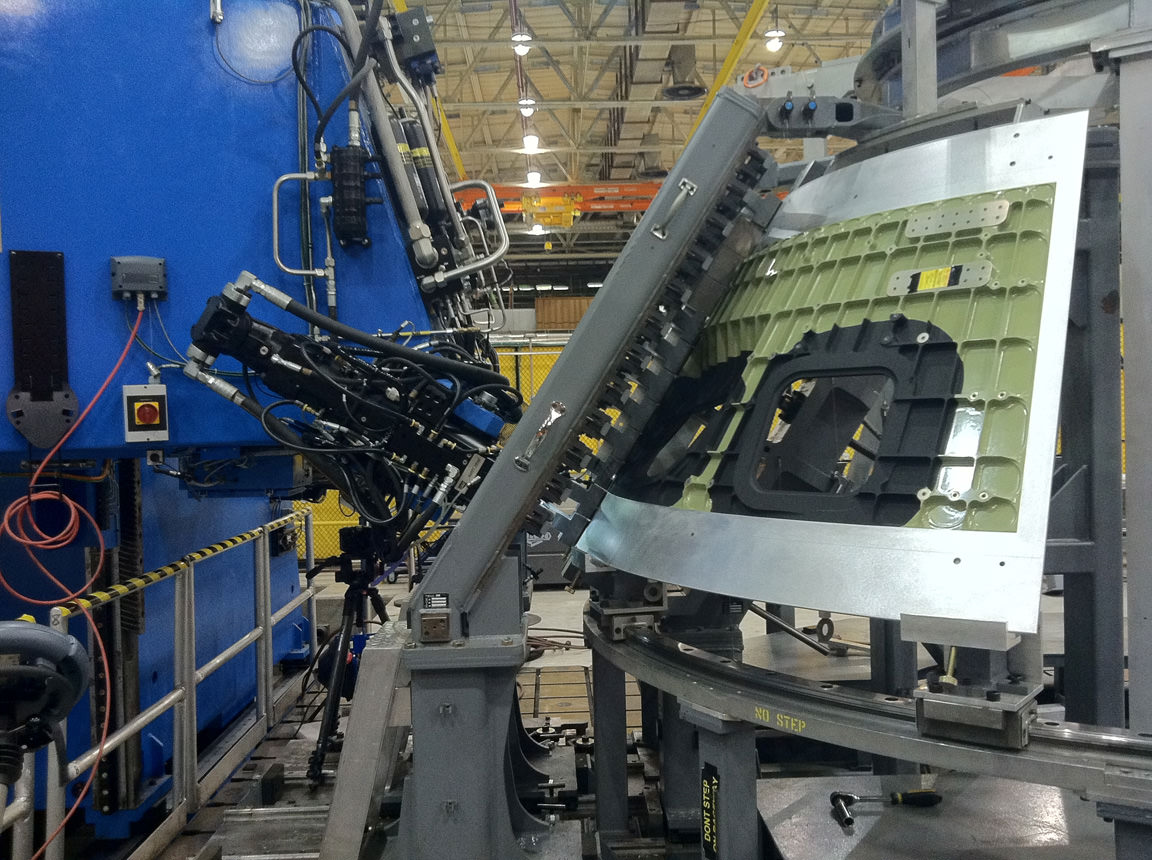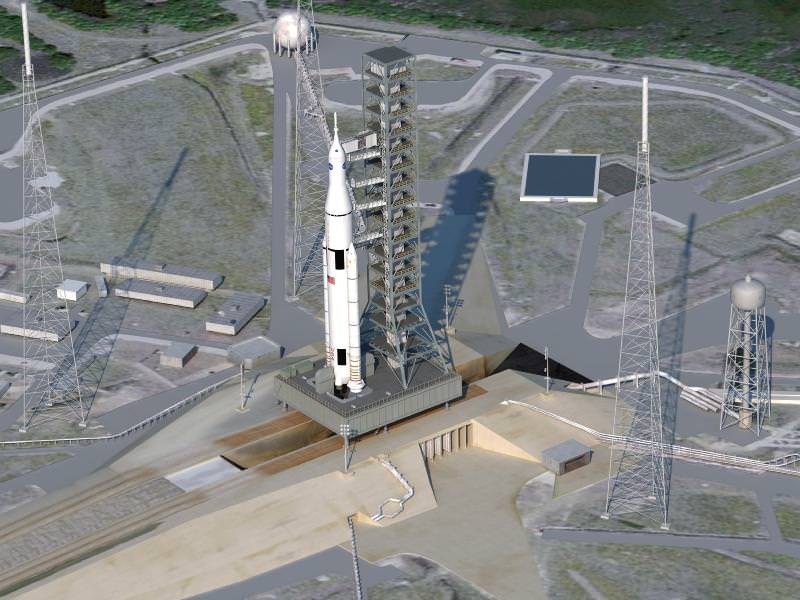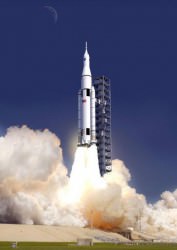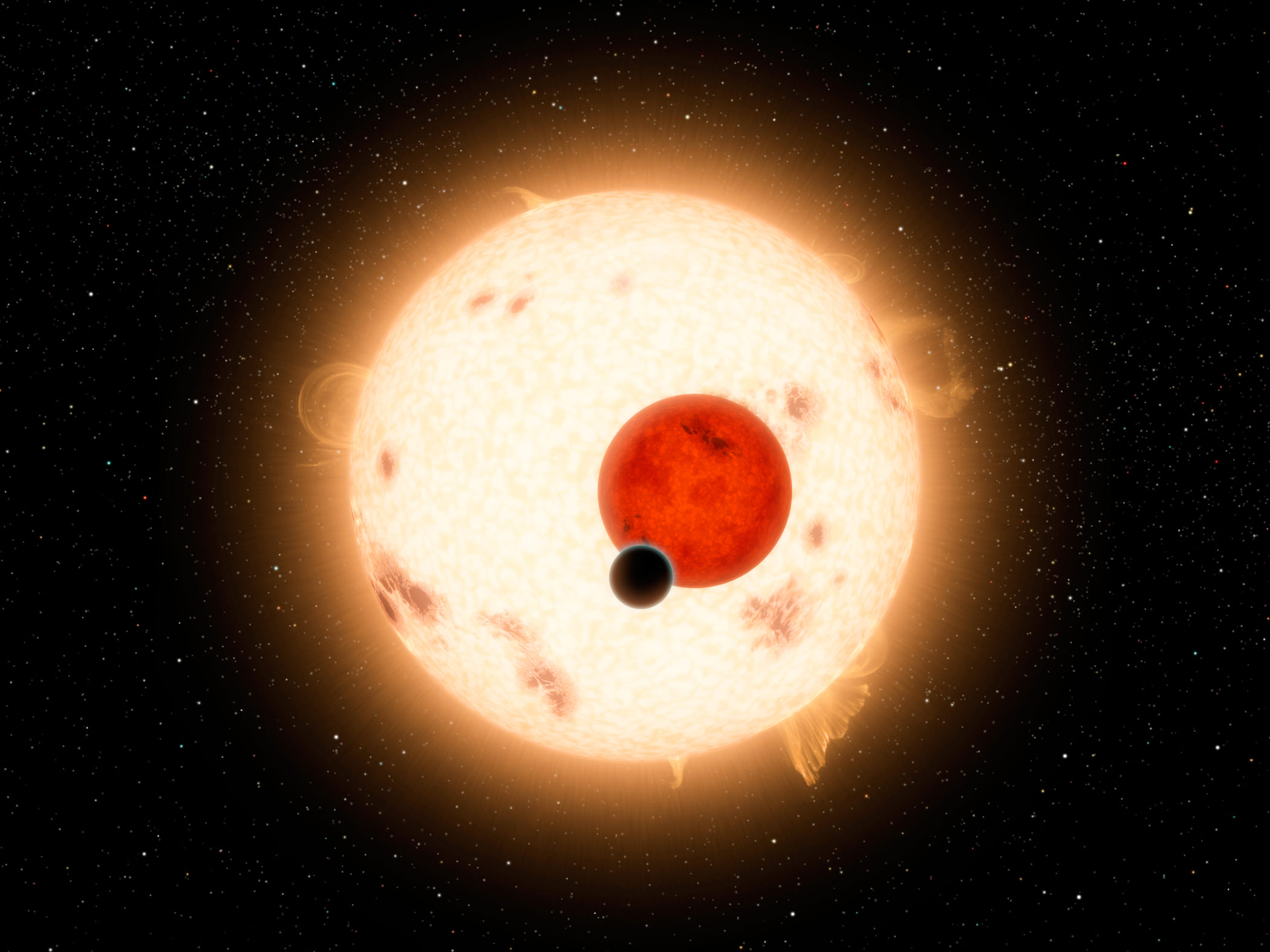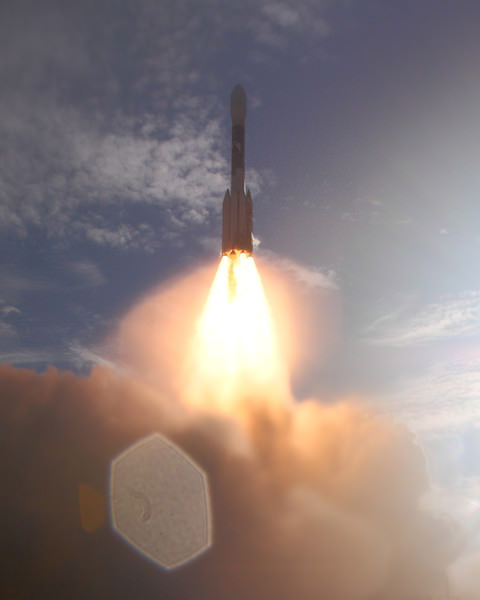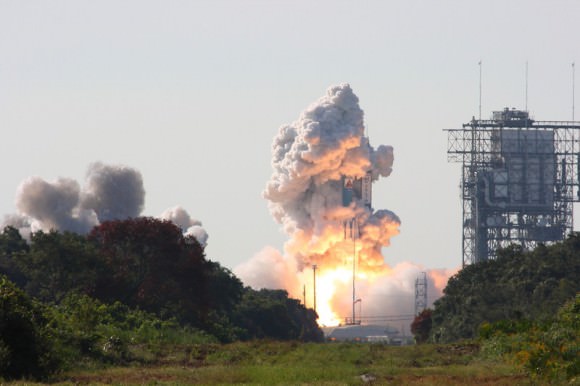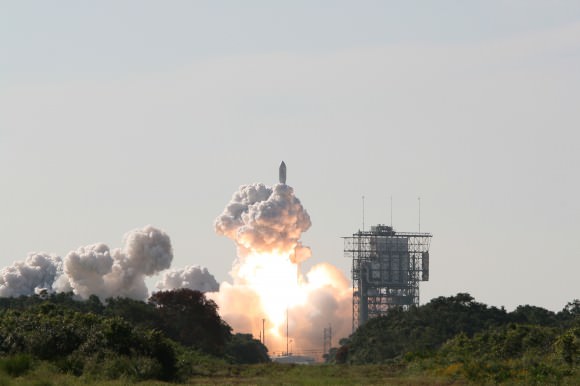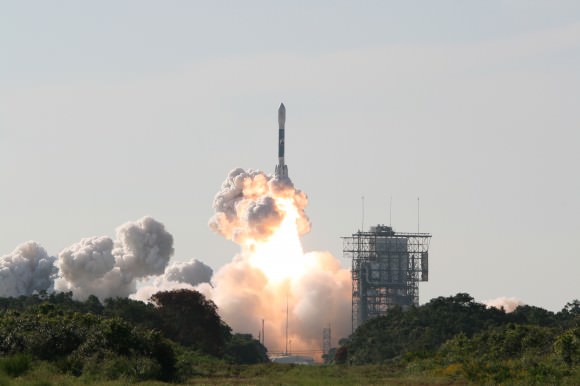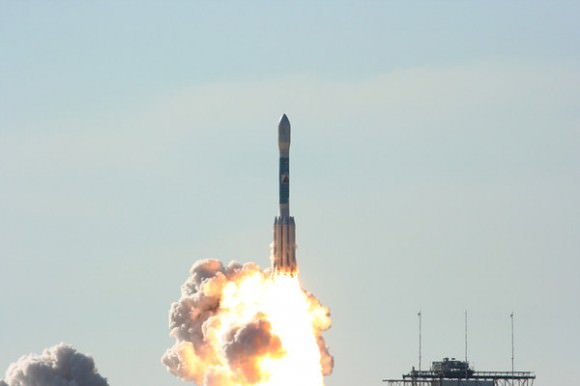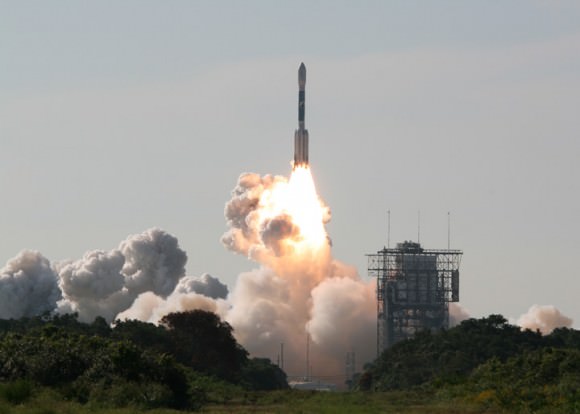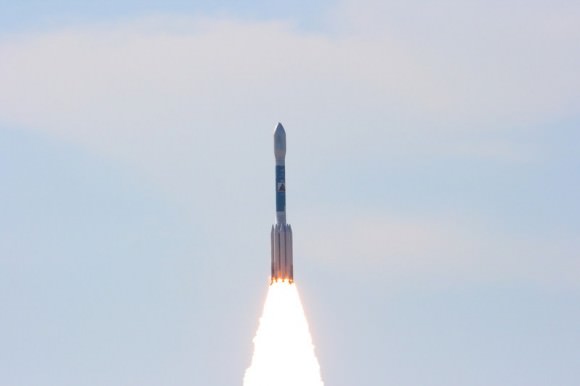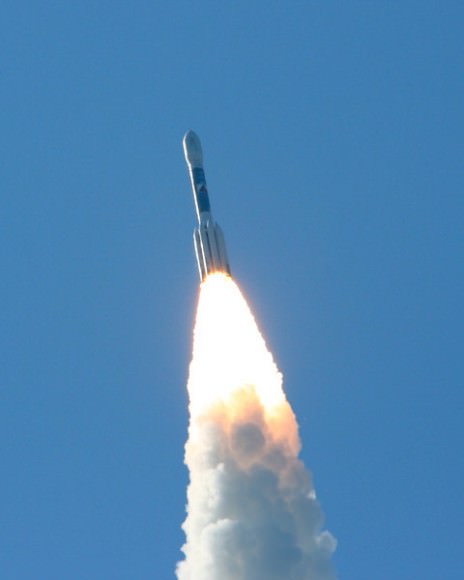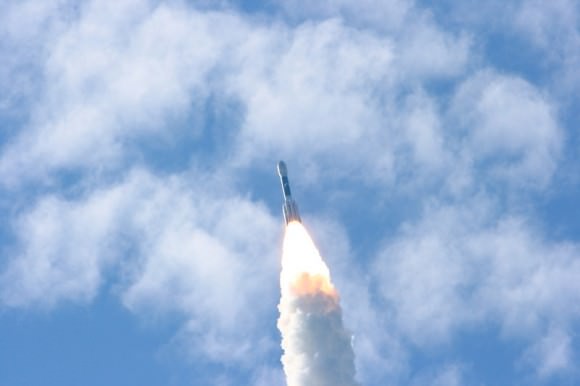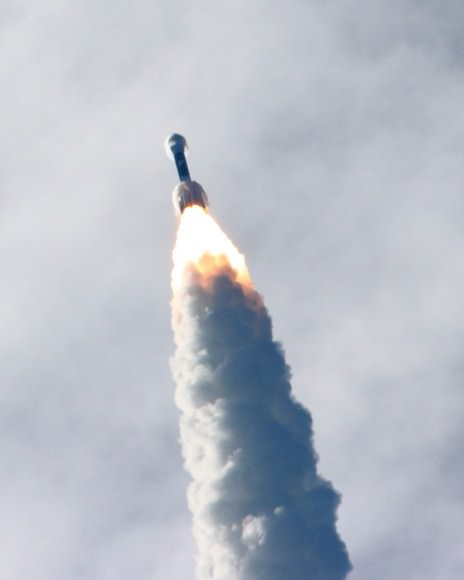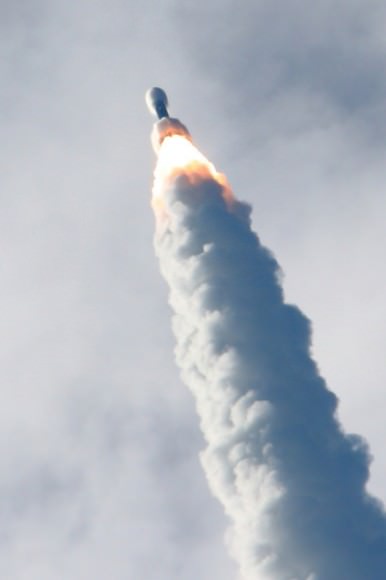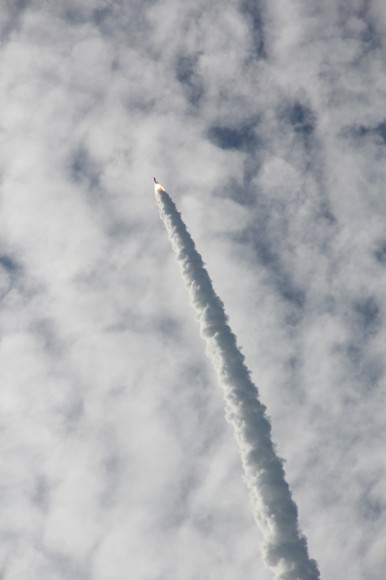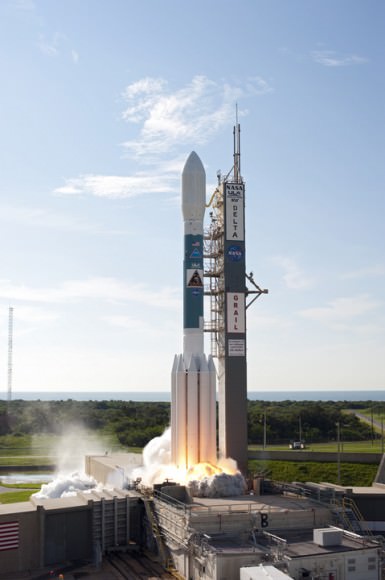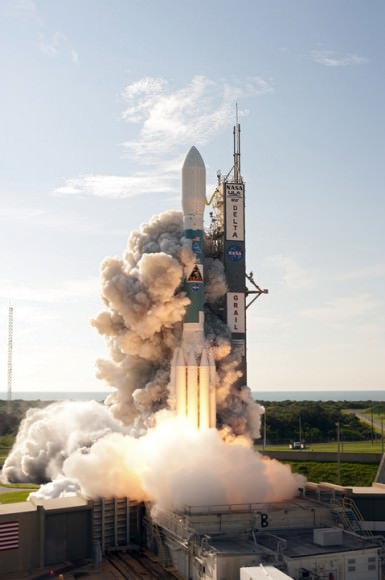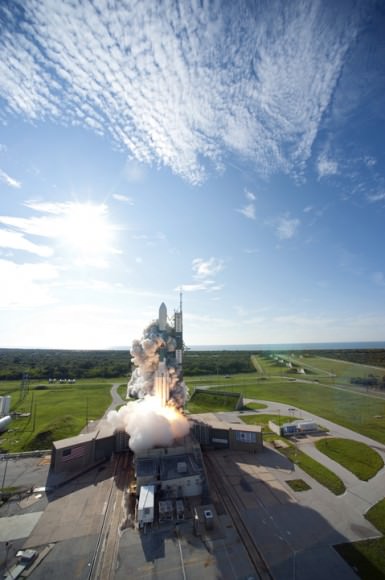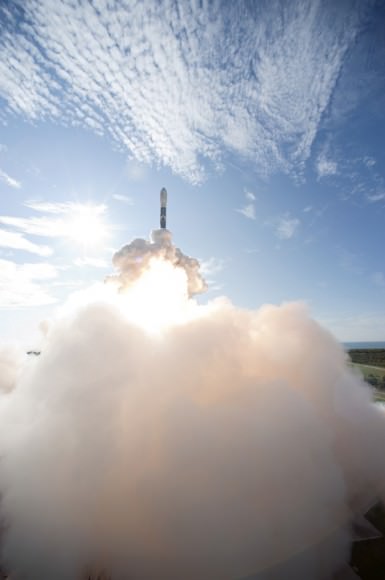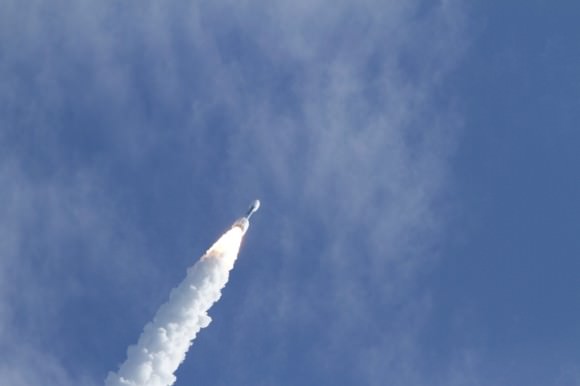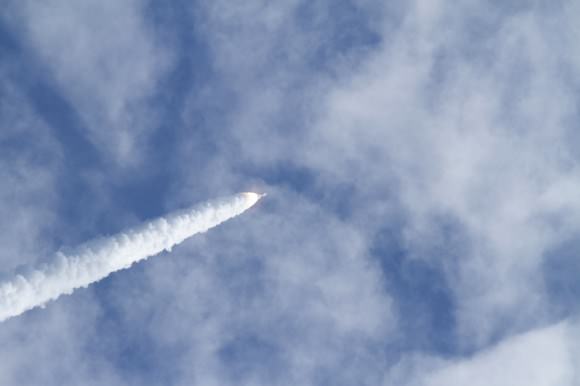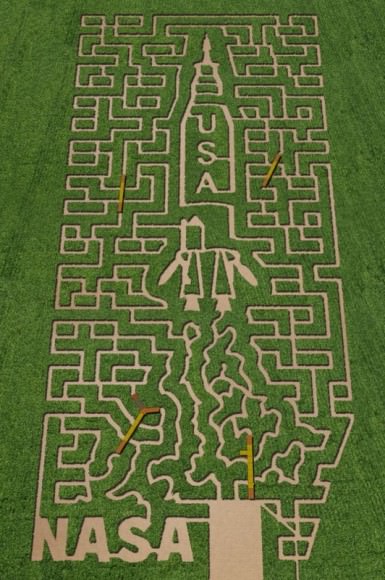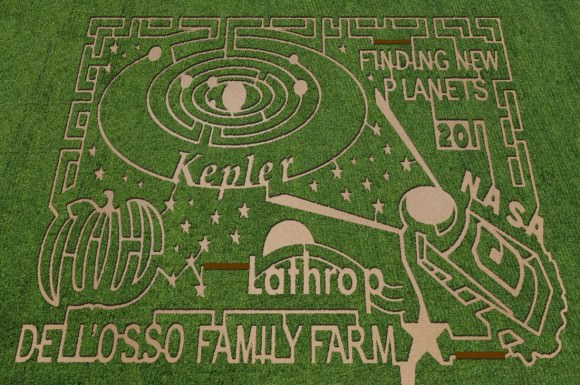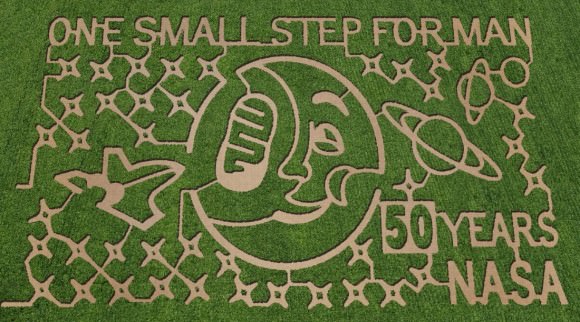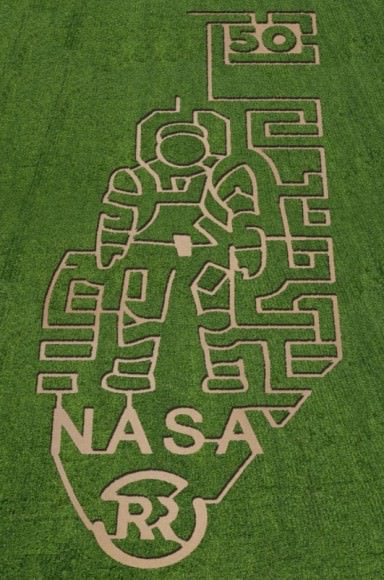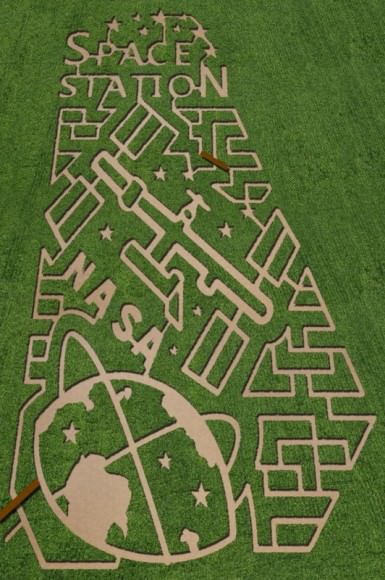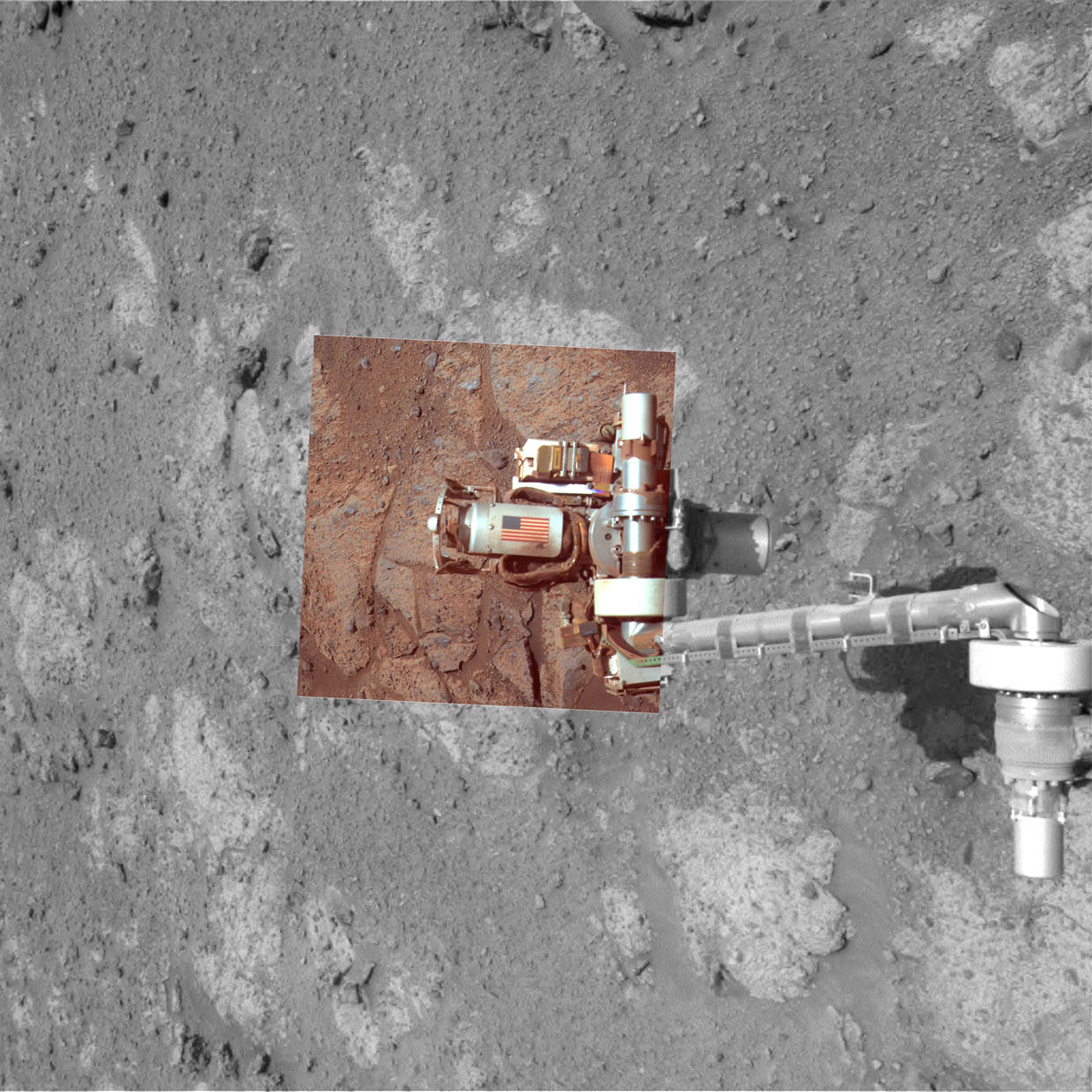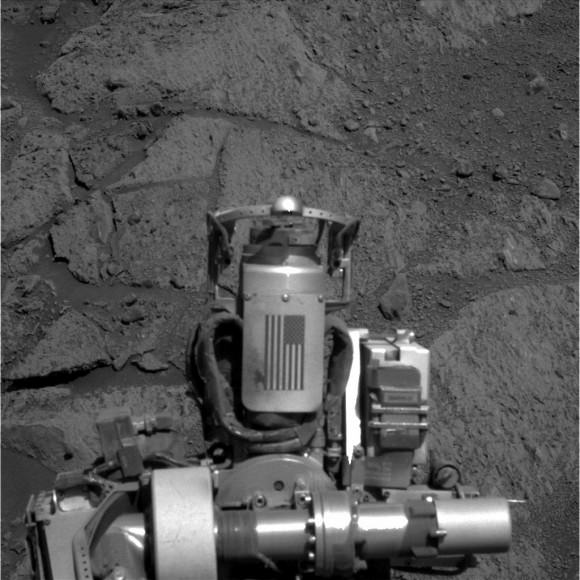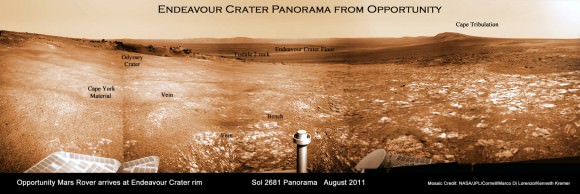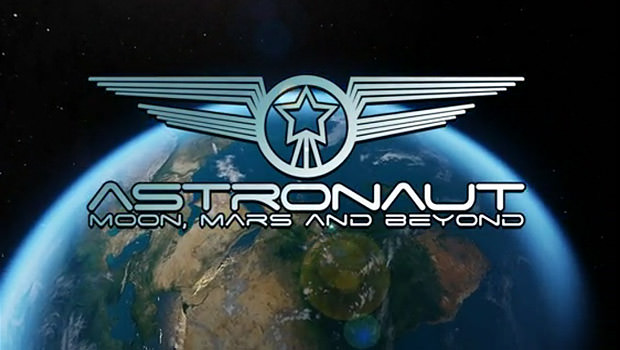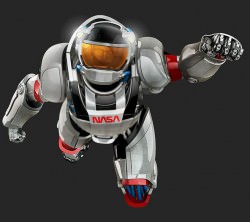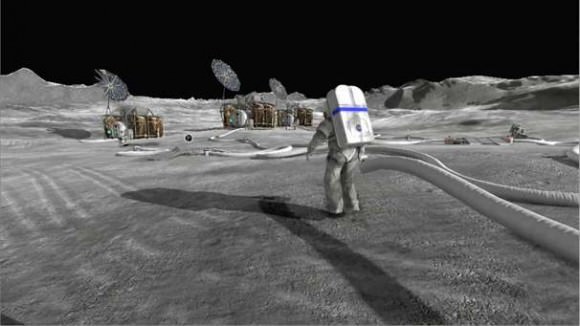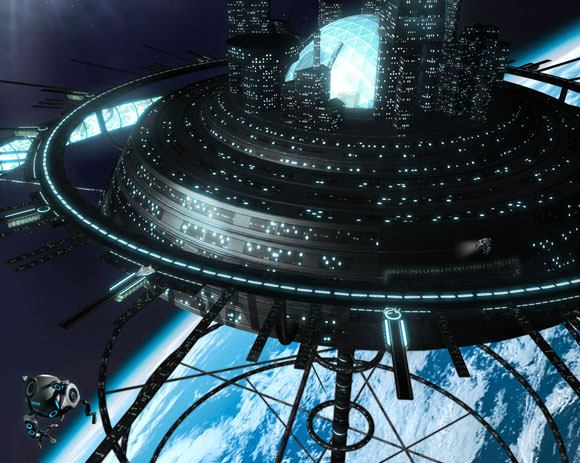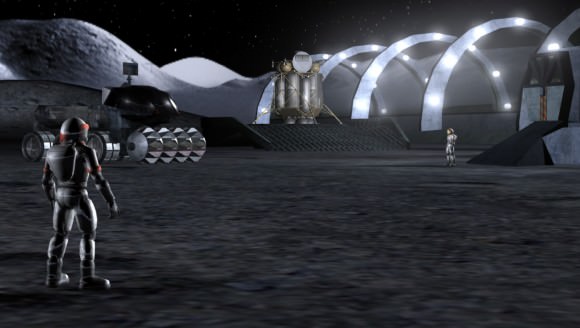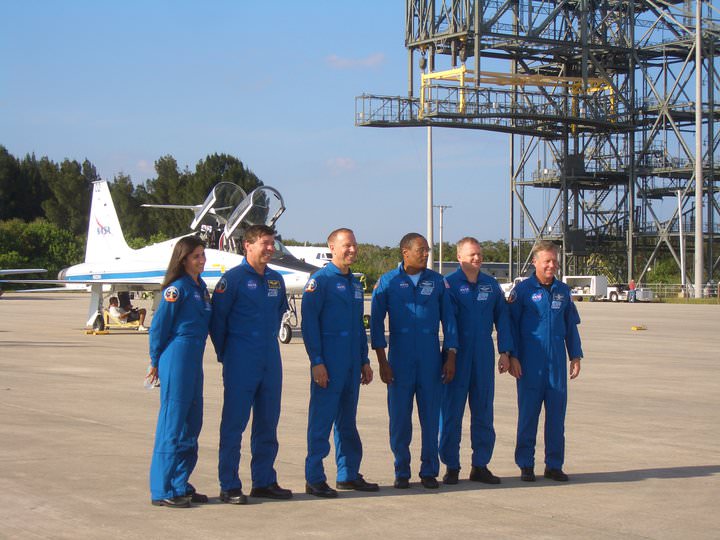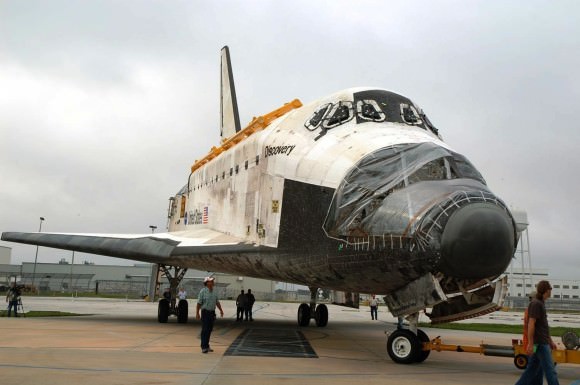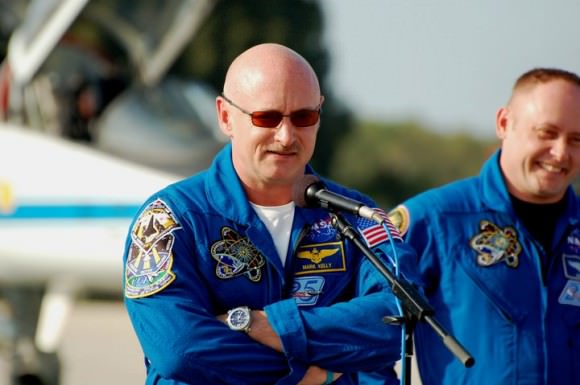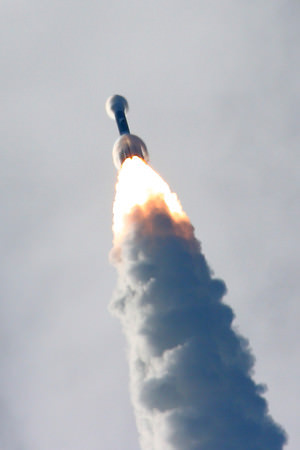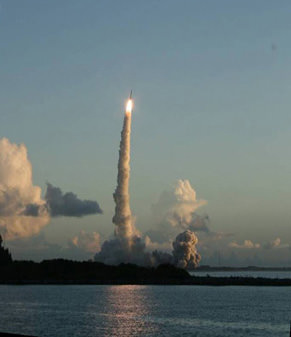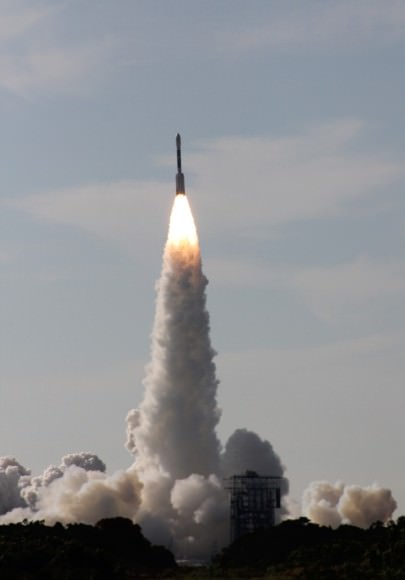[/caption]
Production of NASA’s first space-bound Orion crew module has at last begun at NASA’s Michoud Assembly Facility (MAF) in New Orleans – that’s the same facility that for more than three decades was responsible for manufacturing the huge orange colored External Tanks for the just retired Space Shuttle Program.
The first weld of structural elements of the Orion crew cabin was completed by Lockheed Martin engineers working at Michoud on Sept. 9, 2011. This marks a major milestone on the path toward the full assembly and first test flight of an Orion capsule.
This state of the art Orion vehicle also holds the distinction of being the first new NASA spacecraft built to blast humans to space since Space Shuttle Endeavour was assembled at a California manufacturing facility in 1991.
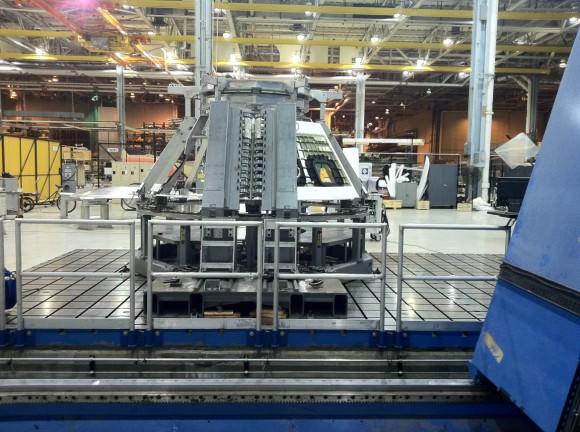
Eventually, Orion crew modules with astronaut crews will fly atop NASA’s newly announced monster rocket – the SLS – to exciting new deep space destinations beyond low Earth Orbit; such as the Moon, Asteroids and Mars.
“This marks the beginning of NASA’s next step to send humans far beyond Earth orbit,” said Orion program manager Mark Geyer. “The Orion team has maintained a steady focus on progress, and we now are beginning to build hardware for spaceflight. With this milestone, we enter the home stretch toward our first trip to space in this new vehicle.”
The first unmanned Orion test flight – dubbed OFT-1 – could come as early as 2013 depending on the funding available from NASA and the US Federal Government.
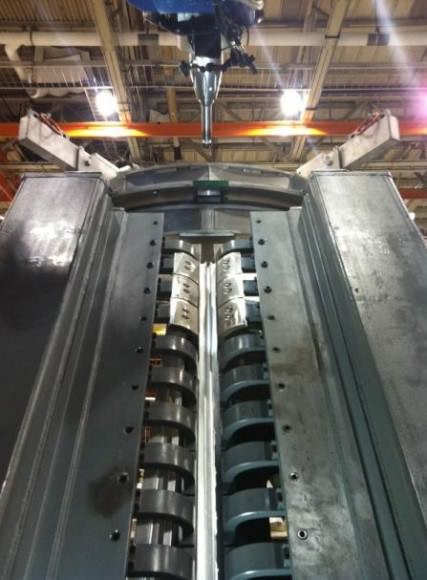
NASA is still deciding which rocket to use for the initial test flight – most likely a Delta 4 Heavy but possibly also the new Liberty rocket proposed by ATK and EADS.
The framework welds were completed using the same type of friction stir welding (FSW) process that was implemented to construct the last several of the 135 Space Shuttle External Tanks at MAF that flew during the shuttle program.
Friction Stir Welding creates seamless welds in the Aluminum – Lithium alloys used for construction that are far stronger and more reliable and reproducible compared to conventional welding methods.
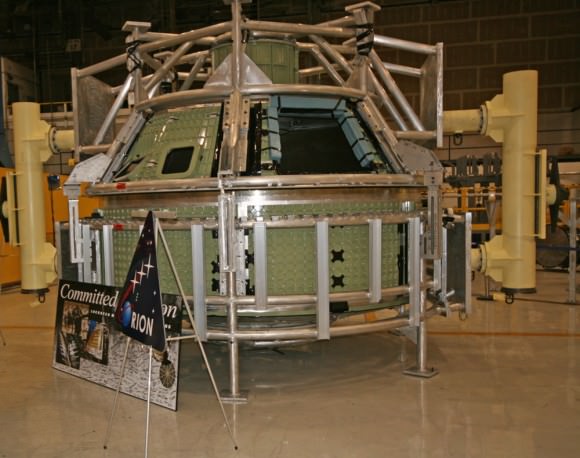
Orion spacecraft will be manufactured at Michoud in New Orleans, Louisiana, then sent to the Operations & Checkout Facility at Kennedy Space Center for final assembly and integration prior to launch.
Lockheed Martin is the prime contractor for Orion. The vehicle was recently renamed the Orion Multipurpose Crew Vehicle (MPCV) after being resurrected following its cancellation by President Obama as a key element of NASA’s now defunct Project Constellation “Return to the Moon” program.
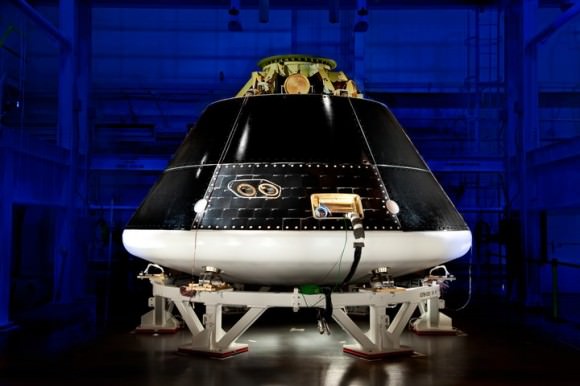
The Orion MPVC Multi Purpose Crew Vehicle ground test article (GTA) is shown at the Lockheed Martin Vertical Test Facility in Colorado. The GTA’s heat shield and thermal protection backshell was completed in preparation for environmental testing. Credit: NASA/Lockheed Martin
The first crewed Orion won’t launch until the 2nd flight of the SLS set for around 2020 said William Gerstenmaier, NASA Associate Administrator for Human Exploration and Operations (HEO) Mission Directorate, at an SLS briefing for reporters on Sept. 14.
Lockheed has already built an initial version of the Orion crew capsule known as the Orion Ground Test Article (GTA) and which is currently undergoing stringent vibration and acoustics testing to mimic the harsh environments of space which the capsule must survive.
Watch for my upcoming Orion GTA status report.
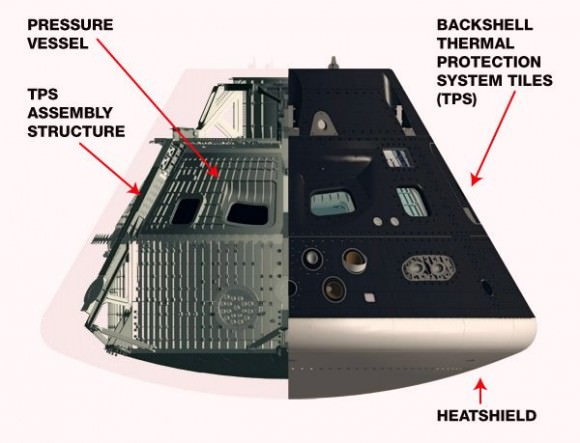
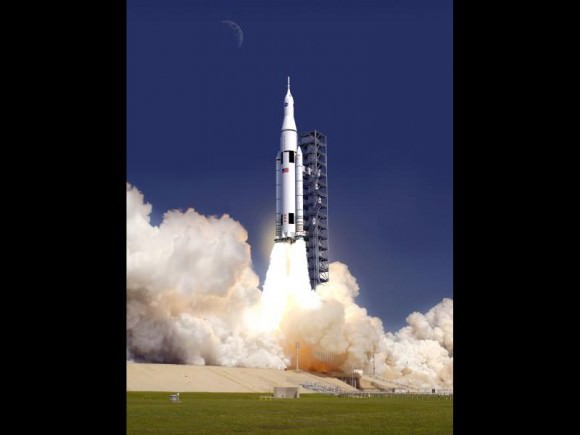
Read Ken’s continuing features about the Orion project and Orion GTA starting here:
First Orion Assembled at Denver, Another Orion Displayed at Kennedy Space Center
Lockheed Accelerates Orion to Achieve 2013 launch and potential Lunar Flyby

